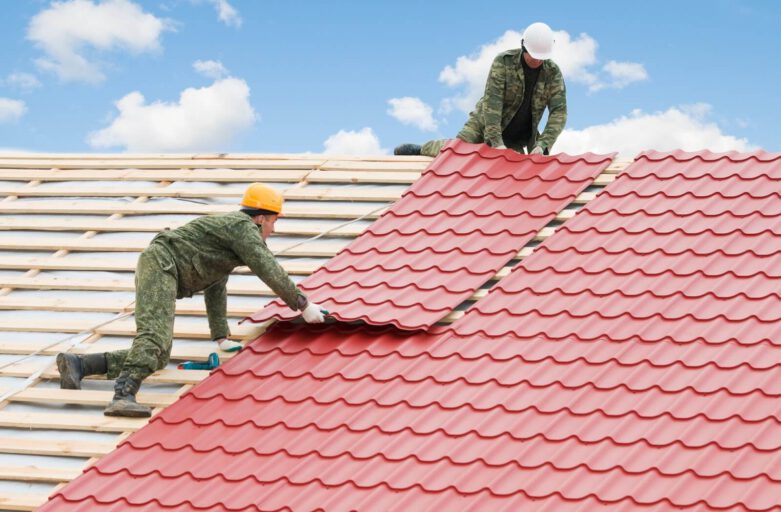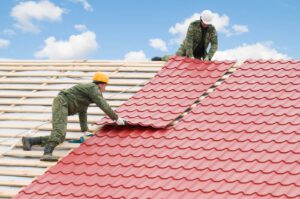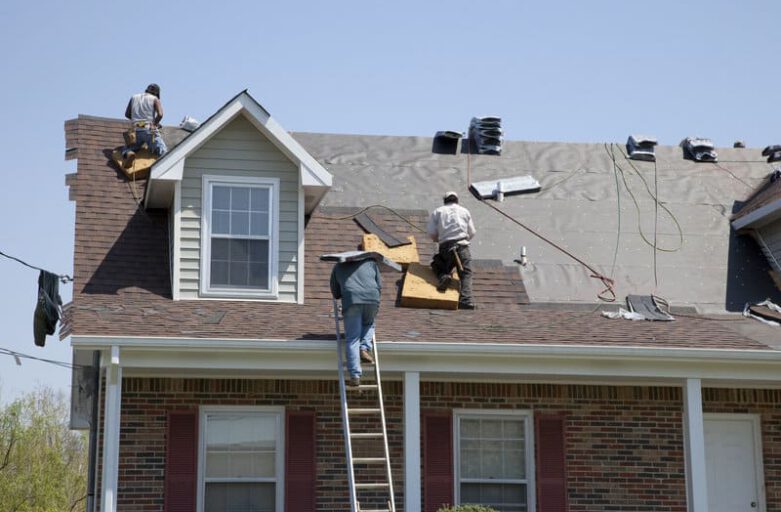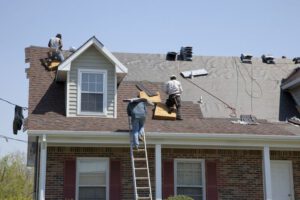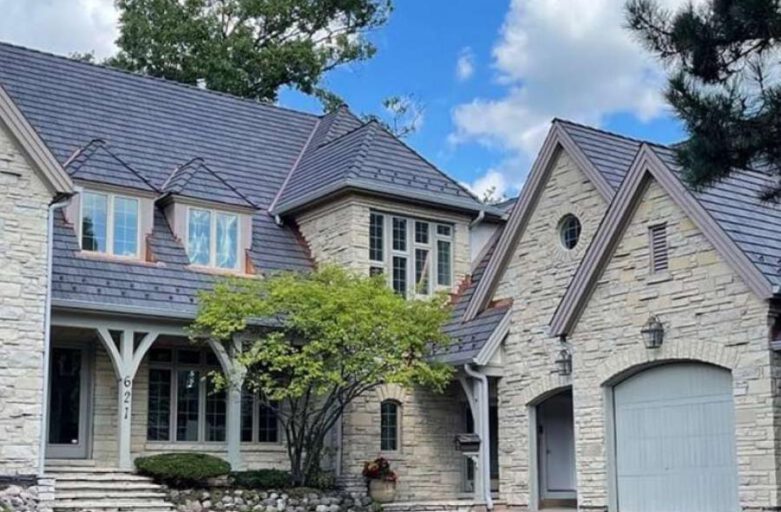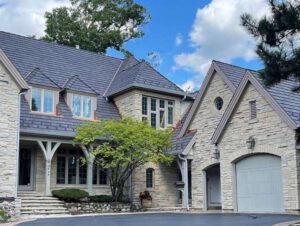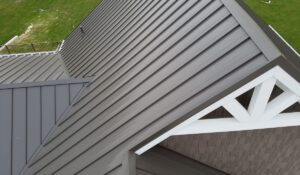A roof is a covering on the top of a building that protects it from rain, snow, sunlight, extremes of temperature, and wind. Roofs can be made of many different materials, including cut turf (modern versions known as green or sod roofs), glazed ceramic tiles, and shingles.

The availability of roofing materials is essential as it would typically facilitate yearly repairs and any sudden ones that may arise. Visit https://www.corpuschristiroofingco.com/ to learn more.
The durability of roofing materials has a significant impact on how long a roof lasts. Quality roofing materials are designed to withstand a variety of environmental factors, including high rainfall, sunlight, and winds. Choosing durable materials reduces the risk of damage and maintenance needs, saving homeowners money in the long run.
The most durable types of roofing include slate, clay tile, and concrete shingles. These materials are fireproof and can withstand strong winds and extreme temperatures. They also withstand impact from hail and small branches, making them a popular choice for homes in areas that get frequent storms. These roofing materials are typically more expensive than other types of shingles, but they offer superior protection and longevity.
Wood shakes are another type of durable roofing material. They are lightweight, easy to install, and have excellent insulating properties. However, they are susceptible to rot and require regular maintenance. They can also be more susceptible to fire and rust than other roofing materials, so it’s important to choose this material carefully. Other durable roofing options include corrugated galvanized steel and EPDM rubber shingles. These materials can withstand wind and rain, but they aren’t as visually appealing as other roofing materials. However, they are affordable and last for up to 30 years.
Aesthetics
The roof of a building is not just an essential utility that protects people and possessions from elemental dangers, it can also be an architectural canvas. With its wide array of color and design options, a beautiful roof can add an attractive accent that enhances the overall look of a residential or commercial property.
Many roofing materials, such as shingles or tiles, can be laid in different patterns to create a unique visual effect, while certain styles, like green and solar roofs, offer a sustainable alternative to traditional roofs. Furthermore, homeowners and occupants often gain personal satisfaction from living or working in an environment that is visually appealing.
In addition, a well-maintained and attractive roof can significantly increase the resale value of a house or business and attract potential buyers. For this reason, many home improvement and roofing professionals emphasize the importance of incorporating aesthetics when choosing a roofing material.
Energy Efficiency
The roof of a building receives the brunt of nature’s elements. It must stand up to rain, snow, bitter cold, intense sun, and all manner of wind. As a result, it is often one of the most expensive components of any home renovation project. But a well-built roof, whether new or old, can help reduce energy costs.
Changing a roof’s color, using specialized coatings, or even installing a radiant barrier can all increase a roof’s energy efficiency. These technologies reflect heat rather than absorb it, which can lower cooling bills in warm climates. Some municipalities even offer rebates to homeowners who make their homes more energy efficient.
A roof’s solar reflectance index (SRI) is also a factor in its energy efficiency. Light-colored shingles, for instance, have a higher SRI than darker ones, which absorb and retain heat. Adding a reflective coating to a roof can boost its SRI by up to 13 points. This can significantly reduce a house’s heating and cooling costs.
Insulation is another key component of a home’s energy efficiency. A poorly insulated home can let in too much heat in the summer, which leads to astronomical air conditioning bills, and too much cold in winter, which drives up heating costs. A home with good insulation can keep a comfortable temperature throughout the year.
While solar panels, collecting rainwater, and using energy-efficient appliances are common ways to manage a household’s energy use, a roof is a critical piece of the building envelope that controls how a home uses energy. Choosing an efficient roofing material, making sure your roof is light in color, and properly venting your attic can all save you thousands in heating and cooling costs.





